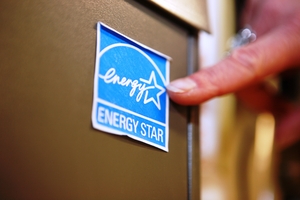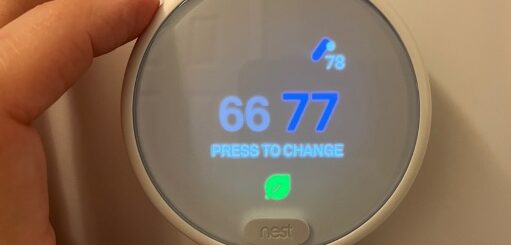The U.S. Government Energy Star Program

The U.S. Government’s Energy Star program is an initiative that promotes energy efficiency and sustainability by certifying a wide range of appliances and heating, ventilation, and air conditioning (HVAC) systems. By providing consumers with reliable information and labeling, Energy Star helps individuals make informed choices that not only save energy but also reduce utility costs and contribute to environmental preservation. In this article, we will explore the benefits of the Energy Star program for consumers and delve into the criteria that appliances and HVAC systems must meet to earn the Energy Star label.
The Energy Star program offers several advantages to consumers, including:
a. Energy Savings: Energy Star-certified appliances and HVAC systems are designed to consume less energy without compromising performance. By using these products, consumers can significantly reduce their energy consumption and save money on utility bills.
b. Environmental Protection: Energy Star products help reduce greenhouse gas emissions and combat climate change. According to the U.S. Environmental Protection Agency (EPA), in 2020 alone, Energy Star-certified products helped avoid approximately 130 million metric tons of greenhouse gas emissions1.
c. Enhanced Performance and Durability: Energy Star certification ensures that products meet rigorous standards for quality and performance. Consumers can expect reliable and long-lasting appliances and HVAC systems that offer superior performance compared to non-certified alternatives.
d. Financial Incentives: Many utility companies and state or local governments offer incentives, such as rebates or tax credits, for purchasing Energy Star-certified products. These incentives help offset the initial cost of the appliances or HVAC systems and provide additional savings for consumers.
Appliances and HVAC systems must meet specific criteria to earn the coveted Energy Star label. The criteria vary depending on the type of product but generally include the following:
a. Energy Efficiency: Energy Star products must meet or exceed stringent energy efficiency guidelines established by the EPA. These guidelines are regularly updated to ensure that the certified products represent the most energy-efficient options available on the market.
b. Performance Standards: Energy Star products undergo rigorous testing to verify their performance and functionality. They must deliver the same or better performance compared to standard models while consuming less energy.
c. Third-Party Certification: To obtain the Energy Star label, manufacturers must have their products tested by independent, accredited laboratories recognized by the EPA. This third-party verification ensures the credibility and reliability of the certification process.
d. Product Categories: Energy Star covers a wide range of products, including appliances such as refrigerators, dishwashers, and washing machines, as well as HVAC systems like air conditioners, furnaces, and heat pumps. Each product category has specific requirements that manufacturers must meet to earn the Energy Star certification.
e. Updated Standards: The EPA regularly updates the energy efficiency requirements for Energy Star certification to keep pace with technological advancements and market conditions. This ensures that Energy Star products continually represent the highest level of energy efficiency achievable.
The U.S. Government’s Energy Star program plays a crucial role in promoting energy efficiency and sustainability in appliances and HVAC systems. By choosing Energy Star-certified products, consumers can enjoy significant energy savings, reduce their environmental impact, and benefit from enhanced performance and durability. The Energy Star label serves as a reliable guide for consumers seeking energy-efficient options, and the program continues to evolve to encourage manufacturers to produce even more efficient products. By supporting the Energy Star program, consumers contribute to a greener future and reap the financial and environmental rewards.
References:
- U.S. Environmental Protection Agency. “ENERGY STAR Impacts.” Accessed June 2023. https://www.energystar.gov/about.


 Rob McCandless
Rob McCandless


